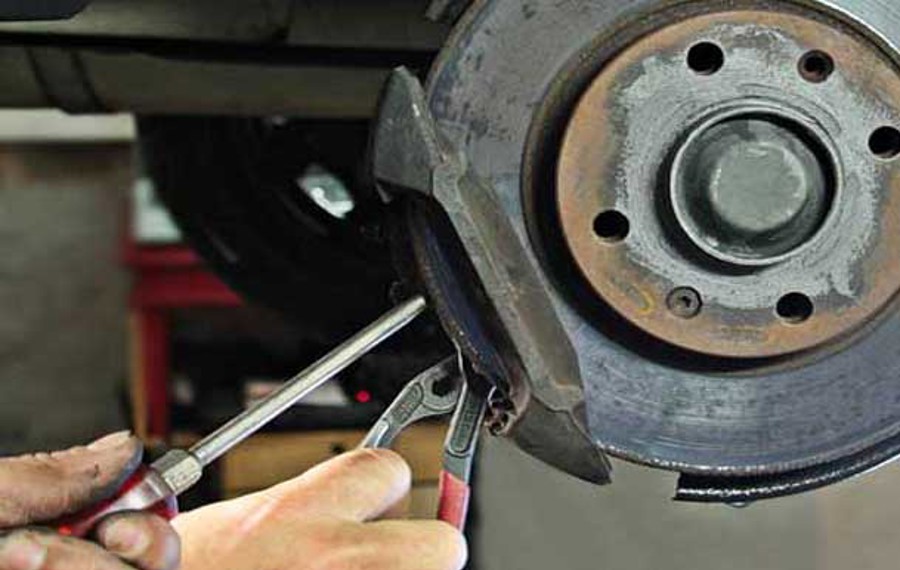Fleet Leasing for a Business
A guide to fleet leasing
What is fleet leasing?
Fleet leasing is when a company leases a number of vehicles for their employees to use. This can be for business only vehicles or to use in their company car schemes.
Leasing is becoming an increasingly popular choice for businesses as it offers employees the opportunity to drive a new model every few years and comes with a whole range of financial benefits for the company.
Why choose fleet leasing?
There are a number of reasons that you might decide leasing is the best option for your company’s fleet. These include:

- It's convenient and flexible – you can select the model, lease length and mileage best for each of your drivers.
- It’s cost effective – there are various savings gained through leasing, from lower initial payments through to claiming VAT back.
- The fixed monthly cost makes it easier to manage budgets.
- All lease vehicles are brand new, so not only look great but come with manufacturer’s warranty and if the lease is under 3 years, no MOTs needed either.
- Your business won’t own the vehicles, avoiding concerns over vehicle values depreciating or having to sell them when they're no longer required.
- If you add a maintenance package to the lease, the cost of servicing and maintenance will be covered, and your drivers will have just one number to call with any queries. Take a look at our maintenance section below for more details.
Other considerations
There are numerous benefits to leasing a vehicle but there are a number of other factors that you'll want to consider when deciding if leasing is right for your fleet.
A lease vehicle will need to be returned at the end of the lease and if its condition isn't in line with the BVRLA’s fair wear and tear guidelines then there may be a charge.
A lease has a set contractual mileage allowance and if the vehicle's returned with more miles on the clock than expected there'll also be a charge for this. If you realise partway through the contract that you're likely to exceed the contracted mileage on a particular vehicle you can request a quote for amending the mileage allowance but this would also change the monthly rental cost as well.
If you opt for non-maintained leases, then it would be the business’ responsibility to maintain and service each vehicle in line with the manufacturer and funder’s guidelines.
If you've got a large fleet of business vehicles then it can be quite time consuming to manage them so you might want to look at a fleet management service to handle this for you.
Leasing options
There are a number of different options for supplying your fleet vehicles. The main 2 leasing options for businesses are a contract hire agreement and a finance leasing agreement.
A contract hire agreement is a form of long-term rental where the business leases a vehicle for a set period of time with an agreed annual mileage.
This is the main type of business lease that Xcite Car Leasing can offer your business. The vehicle won't show on your balance sheet as it's not an asset owned by the business.
Unlike with a contract hire agreement a finance lease offers the option to purchase the vehicle at the end of the set contract.
The full cost of the vehicle, including interest charges, may be spread over the duration of the contract or you can choose to have lower monthly payments and one balloon payment at the end of the lease.
Vehicles under a finance lease may show on your balance sheet as an asset depending on the agreement.
Outright purchase
An alternative to leasing for your fleet is outright purchase: where the business buys the vehicle, paying for it upfront.
With an outright purchase, the vehicle shows as an asset on the balance books. Owning the vehicle comes with different responsibilities to leasing. The business will be responsible for servicing and maintaining the vehicle, taxing it and ensuring the vehicle is fit for purpose.
If the vehicle's no longer required, it'll also be up to the business to sell it, and depending on the condition and age, the vehicle depreciation may mean the business loses money.

Maintenance
As part of a lease agreement, you've got the option to include a maintenance package. Most cover servicing, maintenance work and MOTs that are needed for the duration of the lease and usually also include repairing or replacing tyres. The specifics of what's included in your maintenance package depends on the funder but if you'd like a general overview before making your decision, see our car leasing maintenance guide.
With a maintenance package, you won't need to worry about arranging any servicing or required maintenance as the funder will make all of the arrangements once you've contacted them, which is easy to do with their one-stop phone numbers. You can even give the driver the contact number so they can discuss any servicing or maintenance requirements directly with the funder.

Fleet management services
Depending on how large your fleet is, you might want to look at a management service. This can take the stress out of having to manage, return and maintain business vehicles.
What happens at the end of the fleet lease?
Each vehicle in your fleet will have its own individual lease agreement. You'll need to get in touch with us towards the end of the lease so that we can arrange collection for you by the end of your contract.
You can see our full guide on what to do at the end of your lease, or you can simply give us a call and we can go through the process over the phone with you.
Please note that each vehicle will need to be returned in a condition that aligns with the BVRLA’s fair wear and tear guidelines. This includes removing any signwriting that you may have applied to the car.
If you’re interested in fleet leasing then you can take a look at our guide to running a company car scheme or give us a call on 03302210000.
Fleet leasing FAQs
How do I get started with a fleet leasing deal?
To begin your fleet leasing deal, you’ll need to determine requirements including how many vehicles you need, what your budget is, how long you’ll need the vehicles for and what your mileage limits will be. Once you've decided, you can contact us via our enquiry form or by giving us a call at 03302210000. We’ll be able to help you through your fleet leasing journey every step of the way.
Is fleet leasing right for my business?
When determining whether fleet leasing is right for your company, you’ll have to consider factors like:
- The type of vehicles that you’ll need
- How frequently you or your drivers will use them
- What your budget is for the initial deposit figures and subsequent monthly payments
- How long you need the vehicles for
- Whether you want to be the owner of all company cars or not
- If your business needs to be flexible in changing cars every few years
- Whether you want maintenance packages added as part of the deal
- If you'd like to customise the vehicles or not
Leasing's often a great option for businesses needing a lot of vehicles for a set period of time via low and fixed monthly payments. It’s crucial that you analyse the specific requirements of your business before coming to a decision on whether fleet leasing is right for you.
How many vehicles constitute a fleet?
How many vehicles are needed to specifically call it a fleet varies depending on who you ask, but the general consensus is that a fleet is anything more than a couple of vehicles.
How can I save money with fleet leasing?
There are a few ways to save money when leasing a fleet. These include simple ways such as looking out for any special offers and cheap deals, through to evaluative approaches to ensure you choose the right type of lease for you and get the right lease term. An easy way to save money and avoid any possible penalties is to work out your mileage figures as accurately as possible, for example.
You can also save money as you go by managing your fleet effectively, such as tracking your company car’s mileage, maintaining your vehicles to a high standard, and ensuring all vehicles are driven safely.
What types of vehicles can be leased in a fleet leasing agreement?
When leasing cars for a fleet, there are various types of vehicles available to choose from. The best choice for you will depend on the needs of your business, with options including a variety of cars and vans, as well as some specialised vehicles such as food trucks and minibuses.